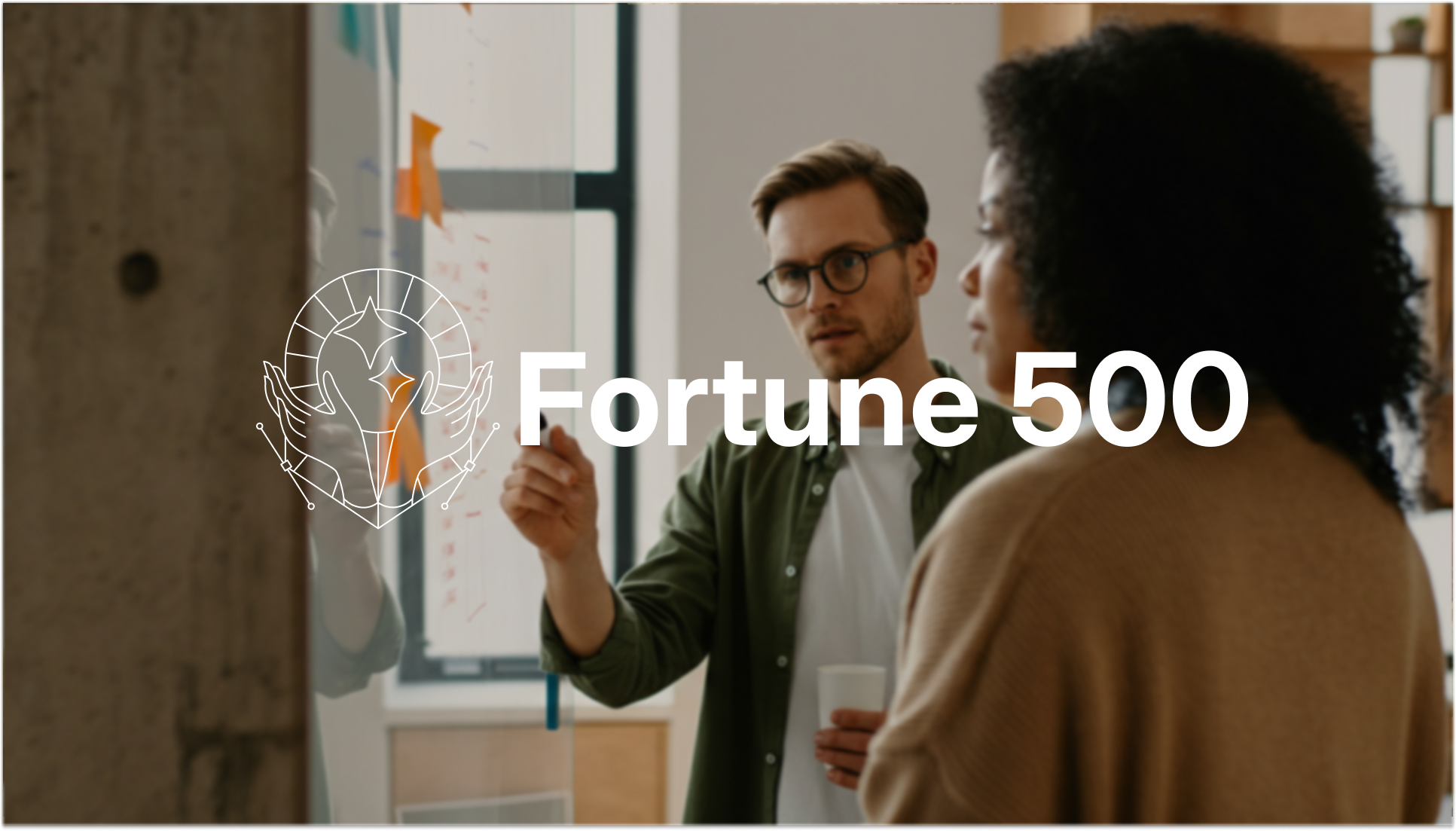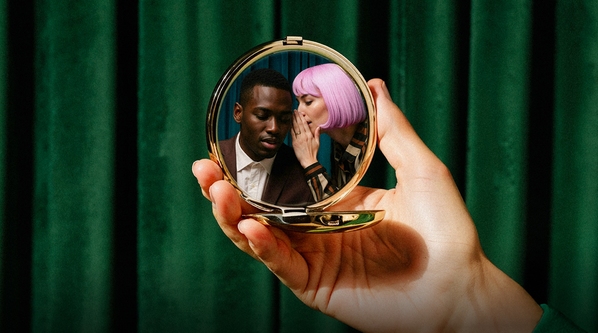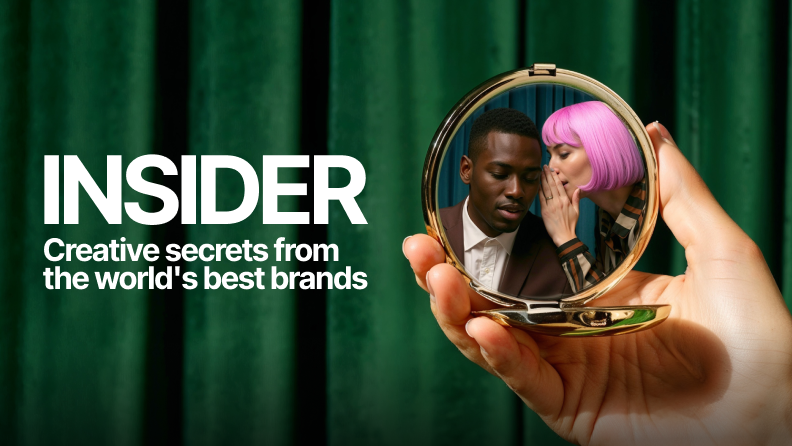
Bold brands don’t follow best practices—they rewrite them. Here’s how four creative leaders build campaigns that break through and scale.
What does it take to build campaigns that resonate, scale and actually move the needle? At Superside’s Insider Summit, we got the answer straight from the source.
Four bold creative leaders—Ty Haney (Outdoor Voices, Try Your Best), Andrei Vexler (Shopify, Kaseya), Udi Ledergor (Gong) and Maureen Carter (Nike, BET Networks)—pulled back the curtain on the strategies, systems and mindsets behind some of today’s most iconic marketing moves.
From building community into a $100M growth engine to crafting scrappy stunts that look like they have Super Bowl budgets, the sessions were filled with actionable ideas and personal insights from the people who’ve actually done the work. These weren’t rehearsed case studies. They were the candid truths and hard-earned lessons behind breakthrough creative.
Here are the biggest takeaways from the summit.
1. Community is the new growth engine
“Loyalty is becoming identity and status,” said Ty Haney, founder of Outdoor Voices and Try Your Best (Tyb). In her session, Haney detailed how community activation helped her grow a $100M brand and why traditional loyalty programs are broken. Instead, she urges brands to rethink customer engagement as a multiplayer game: "Every brand has a fan channel to connect and motivate super fans directly."
Community, according to Haney, is no longer a "nice-to-have." It's a measurable growth lever. She explained how the most valuable customers are those engaged not just by product but by purpose. Tyb, a web3-based platform Haney founded to help brands formalize their community programs, helps brands create rituals, perks and identity status for community members—a system that is not only scalable but sustainable.
Every brand needs a clearly articulated mission, vision, purpose—a reason for being.
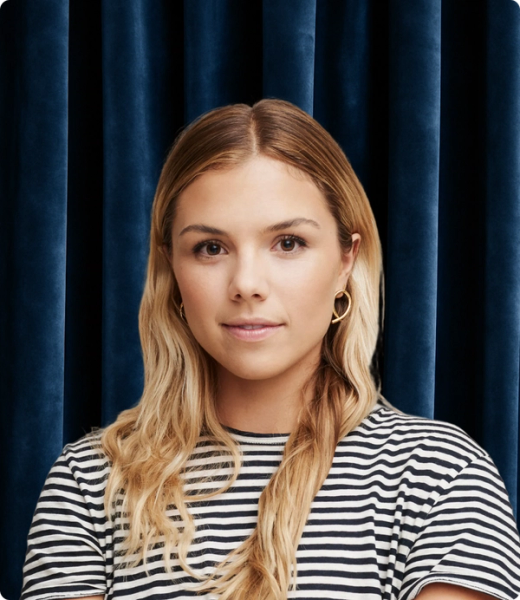
"We orchestrated all of this community effort across a number of channels: Slack, Discord, Google Docs," she explained. "It made it really operationally difficult and hard to scale." Tyb is her answer to fixing that. With Tyb, brands can convert fans into collaborators. Whether it's writing reviews, attending events or co-creating content, every interaction is recognized—and rewarded.
Haney stressed that brand communities must be rooted in something more meaningful than metrics. That clarity becomes the foundation for scalable community rituals, digital engagement and business impact.
She described four pillars of community-led growth:
- A unifying mission
- Repeatable rituals
- Spaces to connect
- A reward system
With these in place, brands can unlock exponential loyalty and lifetime value.
Your fans become four times more valuable when you build with them.

2. Don’t just make video—build video programs
Andrei Vexler, Sr. Director of Video Marketing at Kaseya, explained why many video teams get stuck in reactive production cycles.
He walked through his journey from agency work to leading video at Shopify and Kaseya, describing a common trap: teams prioritizing output volume over strategic value. “What they should be doing is actually building out programs that help stack the impact of the content,” he said.
Creative teams feel the need to serve, and don't realize that they are there to build.

Vexler shared a framework used to shift away from one-off deliverables: start by anchoring every video to a clear business metric, then build repeatable yet scalable formats. One example was Shopify's "Shop Talk" video series, which delivered 2000% ROI in some cases and is still in use years later. The video series was built around conversations with merchants, where founders shared their business journeys, challenges and wins. It became a cornerstone for customer storytelling and drove significant brand engagement.
“Shop Talk was amazing,” he said. “It was a series where we interviewed our actual customers, the people using our platform, and created high-quality storytelling around their lives, not just our product.” The program not only gave Shopify content that felt authentic and evergreen, but also helped strengthen relationships with their most passionate users.
But it’s not just about hitting ROI targets. It’s about elevating the role of video within the marketing mix. Vexler emphasized that content must live in context—supporting campaigns, driving conversions and delivering insights back to the business.
A view isn’t worth much if you just mean somebody saw your content. That doesn’t mean anything.

He also stressed the importance of internal buy-in: “You’ve got to speak the language of the CMO and align your output with what they care about—pipeline, retention, revenue. That’s when your video strategy starts to matter.”
You need a framework that holds up across geographies and verticals but evolves as you learn.

3. Make your brand look larger than life
"Playing it safe is the riskiest strategy," said Udi Ledergor, Chief Evangelist and former CMO at Gong. Ledergor walked through Gong’s iconic campaigns, including a $500 Times Square billboard and their regional Super Bowl ad. The secret? Invest in small moments with big amplification.
Playing it safe in my book is mostly about following what people call best practices. What they really are is boring practices.
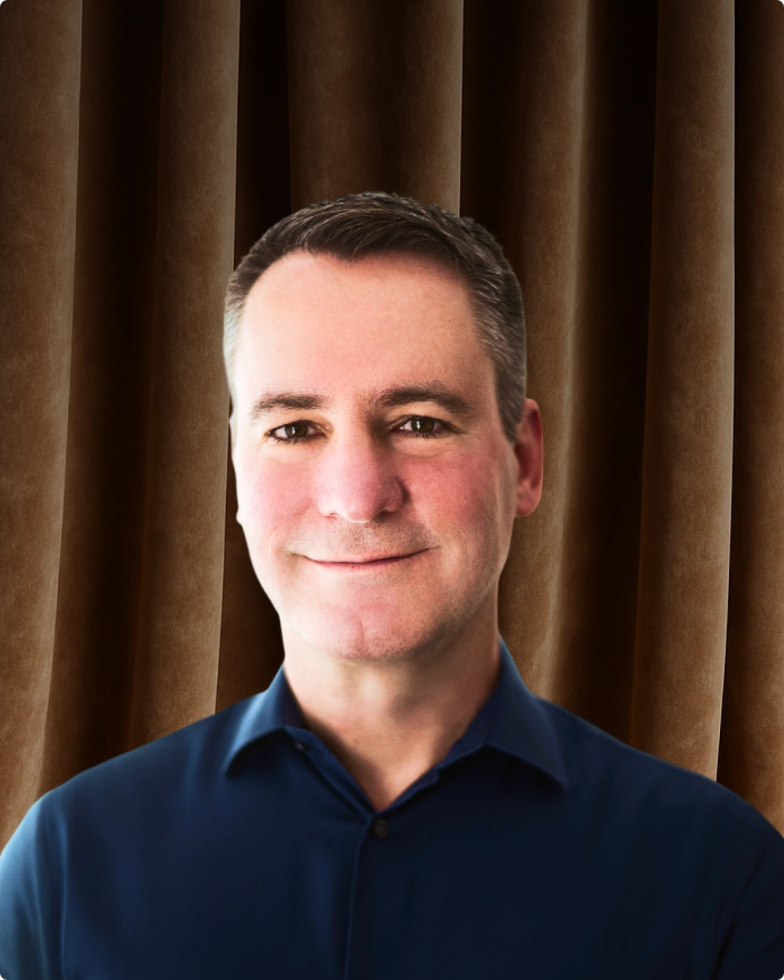
Using a strategy he calls "punching above your weight," Ledergor shared how Gong turned minor stunts into major brand wins: “We bought a single digital billboard in Times Square for 30 seconds, took high-quality photos and amplified it online like it was a global campaign.” He also noted that scrappy creativity can outperform big budgets if teams stay focused on impact.
His formula:
- Pick an offline medium that implies scale
- Capture it well
- Distribute it widely
But the real power, Ledergor argued, comes from emotional clarity. Gong’s bold purple aesthetic, confident voice and humor-infused messaging weren’t just creative choices—they were strategic tools to differentiate in a sea of enterprise sameness. “Most B2B companies try to look professional and end up looking identical,” he said. “When you show up differently, people remember.”
Great marketing makes your company appear to be two years ahead of where it really is.

4. Lead with empathy, curiosity and the courage to fail
For Maureen Carter—former creative lead at brands like Nike, BET and Nickelodeon—great creative work begins with human connection. Her session was a vibrant journey through decades of experience and creative leadership, with one message ringing clear: to build teams that make meaningful work, you need empathy, play and bravery.
I'm not afraid to hear a ‘no’ or ‘Maureen, we don't like that idea,’ because I always have another one.

For Carter, ideation takes bravery and trusting your instincts. Her process starts with gut instinct, then layers in strategy: “Does it make sense for the audience in which we serve? Does it make sense for the time that we're in?”
I’m an artist, but at the end of the day, designers are artists that use data to fuel their decisions.

Carter’s leadership is deeply empathetic. Whether spearheading teams at Comcast through mergers or assembling global design studios for Deloitte, she always prioritized how people felt: “That empathy starts…what does everyone care about in the room, right? What are they going to want to know that's going to make their lives easier?”
To keep teams inspired, she often brings the classroom into the workplace. “I bring in guest speakers, whether they're graffiti artists or photographers from around the world because I want them to stay learning. I am an educator,” she said. One example: a team-building poster project she led during a company merger, which ended in a gallery-style showcase with wine, cheese and a violinist.
Carter’s ideation style is rooted in openness to the world and to others. “I tell everyone that I mentor or coach or on my team, just go outside and look around,” she said. “It’s signage for me and typography everywhere I go and patterns and textures while I'm traveling.”
Creativity fuels connections
The Superside Insider summit wasn’t just a peek behind the curtain—it was a deep dive into the art and execution of campaigns that work. Haney reminded us that communities aren’t just audiences; they’re growth engines. Vexler outlined how systems—not sprints—build lasting video value. Ledergor showed that boldness is a budget multiplier. And Carter revealed that human-centered leadership creates a culture where great ideas thrive.
These leaders didn’t just share wins—they shared the frameworks, philosophies and lived experience that made them possible. If there’s one message that cut across every session, it’s this: great creative is built on clarity of purpose, deep empathy and a bias for bold moves.
Whether you’re a creative or marketing leader, the takeaway is clear: invest in people, systems and ideas that matter—and your brand will grow from the inside out.





